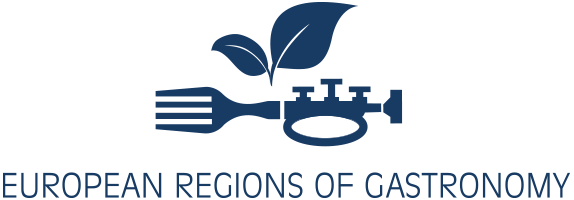As part of East Lombardy – European Region of Gastronomy 2017, a food truck with East Lombardy’s patronage gave the opportunity to many visitors at Mercatanti in Fiera to discover typical food from Bergamo, Brescia, Cremona and Mantua.
East Lombardy – European Region of Gastronomy 2017 is a project featuring the enhancement of quality local food and wine products and culinary traditions, with a view to integrating them in the tourism offer and to improving local sustainability.
East Lombardy’s food truck highlighted East Lombardy’s gastronomic offer included traditional filled pasta, such as casunsei, pumpkin gnocchi with Provolone D.O.P. cheese, gourmet sandwiches, such as potato focaccia bread with Bergamo’s sausage, ciabatta with perch in carpione, Panini with Montisola’s salami and focaccia bread with Gorgonzola D.O.P. cheese, sweets such as fave di morti or the cake sbrisolona and beverages, such as the Valcalepio D.O.C. red wine, the Lugana D.O.C. wine, the Franciacorta brut D.O.C.G. wine, Mantua’s Lambrusco and artisan pils beer.
This year was the 15th edition of Mercatanti in Fiera taking place in Bergamo from 6-9 October. The event hosts many food and wine stands with the opportunity to taste foods and beverages that are typical of different regions, both Italian and European, and to buy handmade traditional products.
The European Region of Gastronomy Platform and Award aim to contribute to better quality of life in European regions, by highlighting distinctive food cultures, educating for better health and sustainability and stimulating gastronomic innovation. Candidate regions are invited to join a knowledge-exchange platform of European regions in order to further cross-border collaborations and develop shared initiatives.
IGCAT (International Institute of Gastronomy, Culture, Arts and Tourism) organises the award with the support of European institutions. It is an international network of experts that aim to guide, facilitate and support leaders in cities, regions and cultural projects to understand the potential of their distinct food, culture, arts and sustainable tourism assets.

